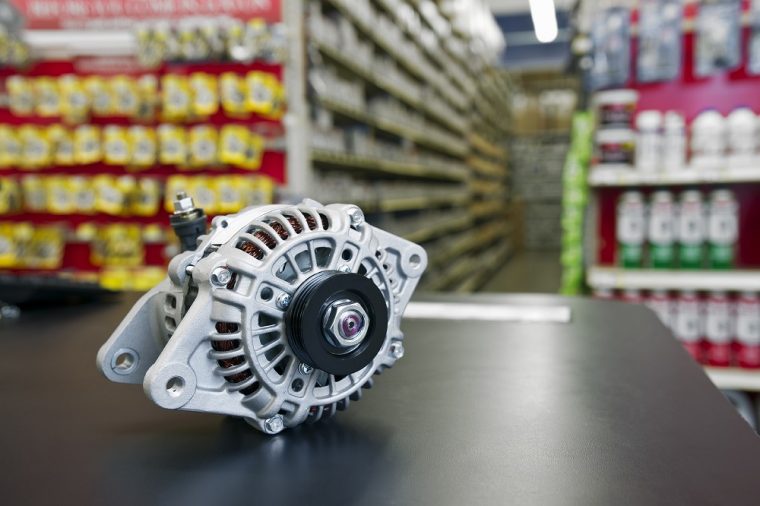OEM Parts vs. Aftermarket Parts
When it comes to replacing a component of your vehicle, there are two kinds of parts to choose from: OEM and aftermarket. What’s the difference? Which parts are better quality? And is it ok to use aftermarket parts for some repair jobs but not others?

Discover the pros and cons of OEM parts and aftermarket parts to better inform your next vehicle repair decision.
Peace of Mind: Learn more about Chevy OnStar and other connectivity services
OEM parts
OEM stands for “Original Equipment Manufacturer.” So OEM parts are simply parts that your vehicle’s manufacturer made. OEM parts are specifically customized for a given make and model of vehicle.
Pros
Some of the benefits of going with an OEM car part is an assurance of quality. Because the OEM manufactured the part specifically for your vehicle model, you don’t have to worry if it’s compatible or not. OEM parts typically come with a one-year warranty for even more peace of mind. Lastly, going with an OEM part simplifies the shopping process. If you go through a dealership to order any auto part, they’ll usually give you just one type of that part. This will save you the hassle of comparing prices and brands among different parts, as you would do for aftermarket parts.
Cons
Sometimes OEM parts are pricier than aftermarket ones, partly due to the production quality and warranty that back these parts. Though, according to Edmunds, dealership prices are now comparable to independent auto shop prices, due to the competition. Another disadvantage to OEM parts is that sometimes they take longer to order than finding a similar aftermarket part at a local auto shop (which might have the part in stock already).
 Aftermarket parts
Aftermarket parts
By contrast, aftermarket parts are those not sourced from a vehicle’s manufacturer.
Pros
One of the perks of going with aftermarket parts is that they are often less expensive than OEM parts. Additionally, aftermarket parts tend to have better availability than OEM parts; this means that you’ll have more options on where to order the part from (besides the dealership). Another benefit of aftermarket parts is that they can have a higher quality than OEM ones, simply because aftermarket companies reverse-engineer the part to work out the weaknesses reported by the manufacturer.
Cons
The biggest disadvantage to aftermarket parts is that they don’t have a warranty (which helps keep costs low). The sheer variety of aftermarket parts can be overwhelming, especially if you don’t know much about vehicles. Lastly, aftermarket parts vary greatly when it comes to quality.
So which option is the better choice? According to Edmunds, if you’re familiar with aftermarket part company brands and work on your own vehicle, going with aftermarket parts is an affordable option to consider. However, if you’re not familiar with aftermarket brands and lack knowledge about autos, going with OEM parts will give you more peace of mind.
EM Parts: Find new parts for your Chevy model
News Sources: Edmunds, Tuning Guru

The News Wheel is a digital auto magazine providing readers with a fresh perspective on the latest car news. We’re located in the heart of America (Dayton, Ohio) and our goal is to deliver an entertaining and informative perspective on what’s trending in the automotive world. See more articles from The News Wheel.


